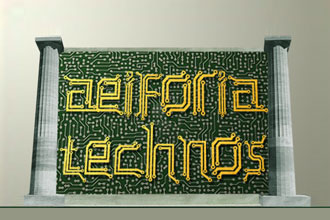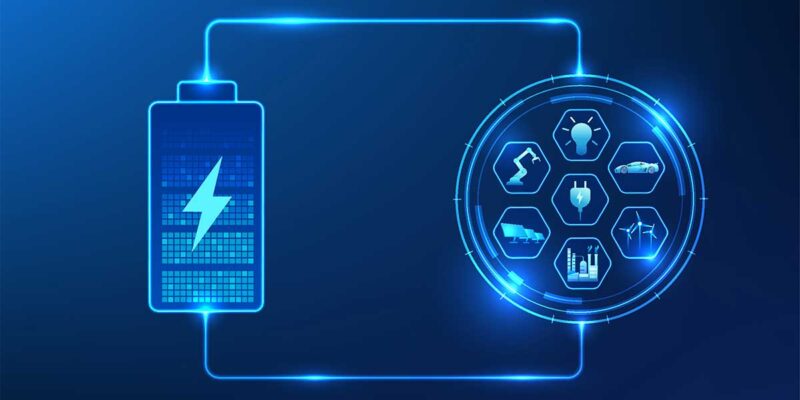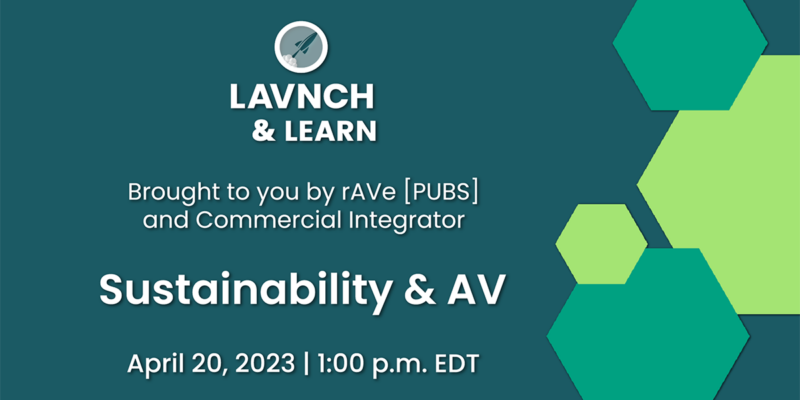User-Centric-Design, Technology and Sustainability
 With the Internet of Things (IoT) encroaching further and further into the lives of the masses on a daily basis, one key element is becoming more important than ever — encounterability and controllability. This involves not only the macro scale of energy sources to power skyscrapers and corporate campuses, food and water resource management and transportation but the micro-human sized scale as well. How humans encounter and interact with their environment in this new landscape often gets overlooked from a design stand point which can have a huge impact on efficiency and scalability.
With the Internet of Things (IoT) encroaching further and further into the lives of the masses on a daily basis, one key element is becoming more important than ever — encounterability and controllability. This involves not only the macro scale of energy sources to power skyscrapers and corporate campuses, food and water resource management and transportation but the micro-human sized scale as well. How humans encounter and interact with their environment in this new landscape often gets overlooked from a design stand point which can have a huge impact on efficiency and scalability.
Where this can have the biggest impact is in the urban landscape, where cities make up over 70 percent of global carbon emissions. With countries around the globe setting aggressive climate goals, many as a result of this year’s Paris COP21 summit, managing this interaction at a human scale will have the greatest impact on reductions.
This is where technology comes in. How technology, including not only the sensors but the user interfaces as well, connects the macro to the micro and micro to micro requires a skill set that is still in its infancy. The technology on many levels already exits but the technical talent to make the dots connect is where the biggest growth is going to happen. Certainly the behemoths like GE, Phillips, Google and others are looking at the challenges but often don’t have the nimbleness and flexibility of many start-ups that can solve immediate challenges more quickly and efficiently. Training this talent and creating opportunity (and capital) for start-ups is a critical component to the success of the integration of technology in a way that is both user friendly and cost effective.
Another major factor in the success of this micro scale human interaction is how economics, political climates and governance structures in the various countries, regions and cities effect implementation of technology and its use. If one looks at lighting for example, having building wide control tied into a building management system to achieve a certain reduction in energy usage often has costs associated with it that may not be within a project budget. It may also be governed by local, state or national codes or standards (such as Title 24 in California or ASHRAE 189.1) which would make it part of the budget. But with technology costs being reduced to the point of ubiquity and the prevalence of personal devices, control now moves from totally controlled by the building management system to the user in an app driven environment. This gives the end user the ability to interact with their environment on a personal level that should ultimately work to reduce energy costs without breaking the bank.
This can work in shared environments as well. Imaging being in a theater with thermal sensors on each seat that not only can tell if the seat is occupied or not but what the thermal loading of the micro-region is and allow either the HVAC system to adjust on its own accordingly or have the person sitting in that seat adjust their own personal micro-climate. So rather than heat or cool an large volume such as an auditorium, we can now bring that control to the human experience level and reduce energy.
Designing this experience requires a study in how humans relate to their world which can be a very challenging thing with everyone having preferences that will impact the overall quality of the experience.
Look for example at any two people’s smart phones and how their apps are arranged on the device and what apps are actually installed. Developing an app store mentality but, as smart phone makers have figured out, define the parameters on to which the apps get overlaid into the technology provide the best possible parameters for success as long as a few key guidelines are followed. This includes simplicity, ease of use, scalability and flexibility. Not having an app that can control a million features but limiting it to the major ones with some minor customization goes a long way. Think of the universal remote for your entertainment system at home. Yes, it controls every device but may not cover every feature. These extras can be through user defined space on the keypad or touch screen.
It should be easy to use like an ATM with relative few well-defined steps to accomplish what you need to do in an intuitive way. Lastly, scalability and flexibility must be inherent and easy to integrate to adapt to next generation of tech or to couple things together. The AV industry in particular has been doing all of these for some time through room automation systems and is probably the best industry to lead the way. Where they comfort level needs to expand is in working in total environments with sensors and systems that may not be part of your sandbox.
Millennials seem to be the fastest in adapting this concept but more need to take on the challenge and more need to back the effort. In the meantime we may still have to rely on macro-based systems to control our world.





